The Real Score: College athletes are going to be paid

Charles D.T. Macaulay
| Published: 06-20-2024 7:09 PM |
In mid-May, a development in college athletics was leaked: the NCAA and major athletic conferences were in settlement discussions that could upend college athletics as we know it. This landmark case, House v. NCAA, amalgamates three class-action suits — House v. NCAA, Hubbard v. NCAA, and Carter v. NCAA — brought by current and former college athletes regarding restrictions on their earnings. The settlement discussions mark a significant victory for college athletic reformers, paving the way for universities to pay their athletes. This is not just a step but a leap toward a new era in college sports.
So, why does this news not fill me with excitement? Am I some curmudgeon who believes college athletes should be grateful for their scholarships and just shut up and play? Far from it. Of course, I am excited to see athletes receive compensation through a revenue-sharing scheme.
However, the way we came to this conclusion bothers me. A backroom deal between lawyers and college athletic leadership reeks of yet another “kick the can down the road” move by the NCAA. It stinks of providing athletes with the bare minimum with hopes of appeasing them. It lacks foresight and strategic vision. It lacks leadership.
To understand my disdain for how this latest development occurred, we need to examine how we got here. Over the past two decades, legal warriors Steve Berman and Jeffery Kessler and other advocates, such as our own department’s 2016 Executive in Residence Sonny Vaccaro, have been at the forefront of battling against the authority of the NCAA. Their triumphs have reshaped the use of college athletes’ likenesses, resulting in the eventual implementation of Name, Image, and Likeness (NIL). Their efforts are why college athletes are reaping the rewards of lucrative sponsorship deals, both nationally and locally, even if some local deals raise eyebrows.
The NIL era, despite NCAA resistance, has meant a patchwork of state-level legislation. Tired of waiting for the NCAA to act, state legislators across the country proposed and passed laws guiding their universities and often superseding NCAA policies regulating NIL. The NCAA has tried to implement NIL policies and provide national guidance, only to fail. Representatives from Tennessee and Virginia recently filed lawsuits against the NCAA, claiming its guidelines are too restrictive, winning injunctive relief from the courts.
With little to stand on, the NCAA has heavily lobbied Congress and the Senate to regain control, Congress’ appetite to immerse itself in college athletics is tepid at best. Many, on both sides of the aisle, are wary of intervening and granting the NCAA the antitrust exemption it seeks. Democrats, overall, are firmly against legislating an entire group’s employee status.
Many are decrying the current state of college athletics. Coaches complain about entitled players. Fans complain about disloyal athletes. Athletic administrators try to take everything in stride while privately griping about the industry's lack of direction. Universities outside the Power Five are rightly concerned about the rapidly widening divide between the haves and the have-nots.
That brings us to the House v. NCAA settlement. From what I can gather, the defendants — the NCAA and the Power Five conferences — sought a settlement agreement not only to avoid paying massive damages (some estimates were as high as $20 billion) but also to bring stability.
Article continues after...
Yesterday's Most Read Articles
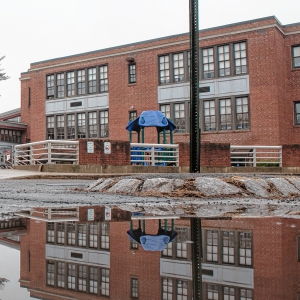 Northampton schools probe staff response to student’s unfulfilled IEP
Northampton schools probe staff response to student’s unfulfilled IEP
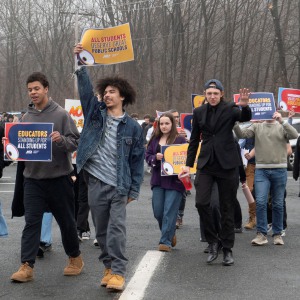 Nearly all of South Hadley High’s student body holds ‘walkout to walk-in’ rally to oppose cuts, call for funding reform
Nearly all of South Hadley High’s student body holds ‘walkout to walk-in’ rally to oppose cuts, call for funding reform
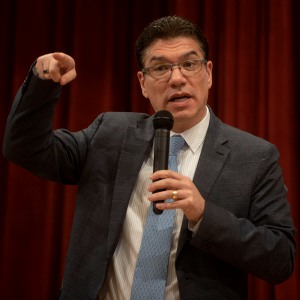 UMass Chancellor Reyes outlines changes amid financial uncertainty under Trump administration
UMass Chancellor Reyes outlines changes amid financial uncertainty under Trump administration
 Northampton Housing Authority boss placed on leave
Northampton Housing Authority boss placed on leave
 Hopeful buyers emerge for Magic Wings butterfly conservatory in South Deerfield
Hopeful buyers emerge for Magic Wings butterfly conservatory in South Deerfield
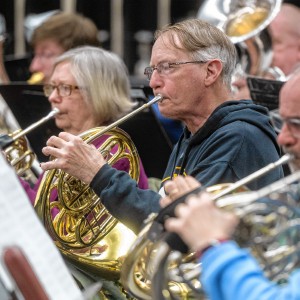 ‘For the love of music’: Florence Community Band set to hold first-ever multigenerational concert
‘For the love of music’: Florence Community Band set to hold first-ever multigenerational concert
Reports suggest the agreement will require the NCAA and all Division I athletic conferences to pay back damages of approximately $2.8 billion over ten years. Further, it will require universities to share 22% or roughly $22 million per year, with college athletes. It also requires the NCAA to lift scholarship limits on all sports.
Already, questions abound regarding this settlement’s validity. Remember, the defendants listed were the NCAA and the Power Five conferences. Yet, all 31 athletic conferences composing the NCAA’s Division I are on the hook. The revenue-sharing percentage, while reportedly gleaned from an equation considering numerous factors and benefits already provided, is a salary cap. Salary caps cannot be negotiated outside collective bargaining agreements. Thus, any athlete can opt out of this agreement and challenge the 22% cap through yet another antitrust lawsuit.
Further, how will revenue sharing work? There are indications economists will create formulas to equitably distribute funds based on athletes' “marketability.” But what happens when an athlete reaches stardom, transcending their team, university, or even their sport? Think basketball sensation Caitlin Clark. If this new system were in place while she played, would her compensation package change given the exposure she brought to Iowa and women’s basketball?
Two other lawsuits are currently in deliberation. One was almost rolled into the House case, but the defendant’s lawyers argued their clients wanted better terms. The other is outright seeking employee status for college athletes. Additionally, two complaints before the National Labor Relations Board (NLRB) are determining if athletes at Dartmouth and the University of Southern California (USC) are employees. With these ongoing legal challenges, the stability college athletic leaders are hoping for seems to be built on a house of legal paper.
My lack of excitement stems from, yet again, college athletic leadership implementing restrictive policies through a lack of bold leadership. Everyone agrees college athletics is changing. Rather than engaging in backroom deals hoping the problem will go away, college athletic leadership needs to stop implementing restrictive policies and begin to empower universities AND athletes.
If the NIL era has proven anything, it's that people want to give money to college athletes. Who cares if it's to play a sport or “sponsor” a local pizza joint? It is not the athletes’ responsibility to bear the burden of fiscal management for organizations that represent billions of dollars. That responsibility lies with leadership.
The NCAA should implement policies that create minimums rather than maximums. Without a collective bargaining agreement, maximums will never hold up in court and will only create more issues for universities. Set a minimum requirement for compensation. If a university wants to give an athlete more than that, it is between them and the athlete. Let’s start there rather than continue to act as a toothless authority, hoping all will be okay.
Charles D.T. Macaulay is an assistant professor in the McCormack Department of Sport Management who teaches College Athletics, among other courses. Charles can be reached at cmacaulay@isenberg.umass.edu






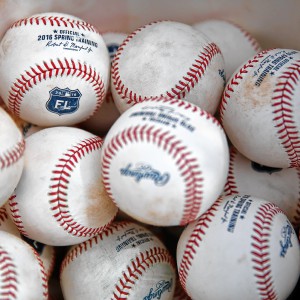 HS Roundup: Kaleb Jorritsma tosses complete-game shutout, Smith Voc baseball beats Gateway 7-0
HS Roundup: Kaleb Jorritsma tosses complete-game shutout, Smith Voc baseball beats Gateway 7-0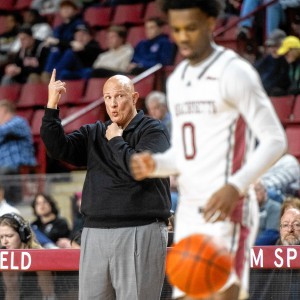 UMass basketball: Minutemen land Florida Tech transfer Donovan Brown
UMass basketball: Minutemen land Florida Tech transfer Donovan Brown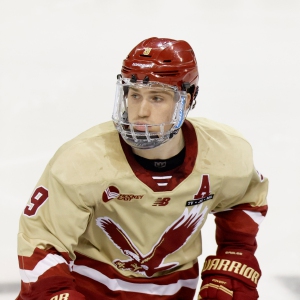 Amherst’s Ryan Leonard signs entry-level contract with Capitals, expected to make NHL debut Tuesday in Boston against the Bruins
Amherst’s Ryan Leonard signs entry-level contract with Capitals, expected to make NHL debut Tuesday in Boston against the Bruins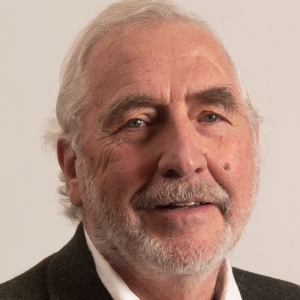 Fit to Play with Jim Johnson: Too late to turn back
Fit to Play with Jim Johnson: Too late to turn back
